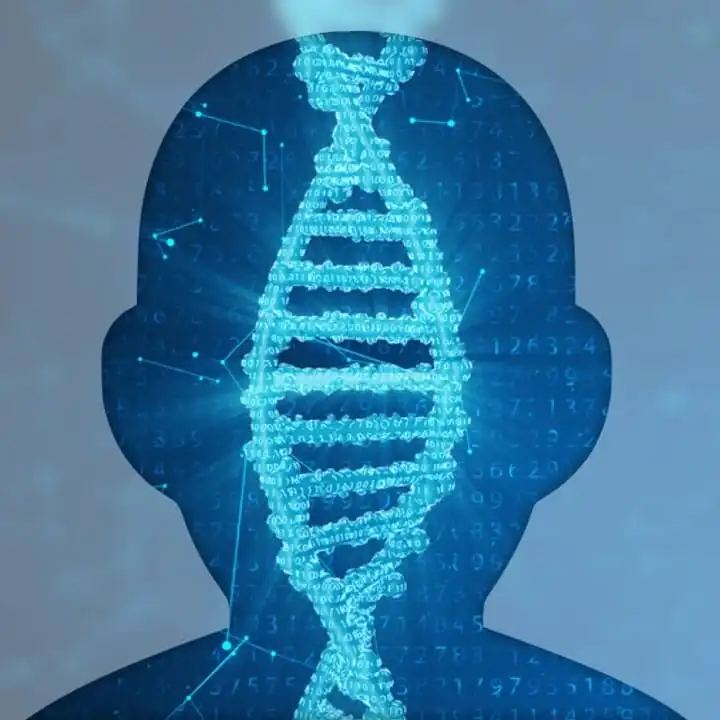What is Tietz Albinism-Deafness syndrome?
Tietz Albinism syndrome is a rare congenital syndrome that presents with hearing loss, fair skin, and very light-colored hair.
This syndrome is also known as:
Albinism-deafness; Albinism-deafness of Tietz; Hypopigmentation/deafness of Tietz; Tietz syndrome
What gene changes cause this syndrome?
Changes in the MITF gene are responsible for causing the syndrome.
The syndrome is inherited in an autosomal dominant pattern.
What are the main symptoms of Tietz Albinism-Deafness syndrome?
- Hearing loss is one of the main symptoms of the syndrome. It is caused by inner ear abnormalities and is congenital and thus present from birth.
- Infants with the syndrome are born with very fair skin and white hair including white eyelashes and white eyebrows, both of which are defining characteristics of the syndrome. They will also have blue eyes
- Common visual issues include photophobia (sensitivity to light) and possible nystagmus (involuntary eye movements), often related to reduced eye pigmentation.
Possible clinical traits/features:
Aplasia/Hypoplasia of the eyebrow, Abnormal anterior chamber morphology, Blue irides, Bilateral sensorineural hearing impairment, Hypopigmentation of the fundus, Hypopigmentation of hair, Generalized hypopigmentation, Heterochromia iridis, White eyebrow, White eyelashes, Autosomal dominant inheritance, Congenital sensorineural hearing impairment.
How is it diagnosed?
To find out if someone has a diagnosis of Tietz Albinism-Deafness syndrome, it is important to have a consultation and evaluation with a clinical genetic specialist. Specialists may also suggest specific genetic testing or other types of tests to help reach a diagnosis. FDNA’s AI technology can help speed up the diagnostic process by analyzing facial features and other health information.
